Rokkoyo
2018.11.26
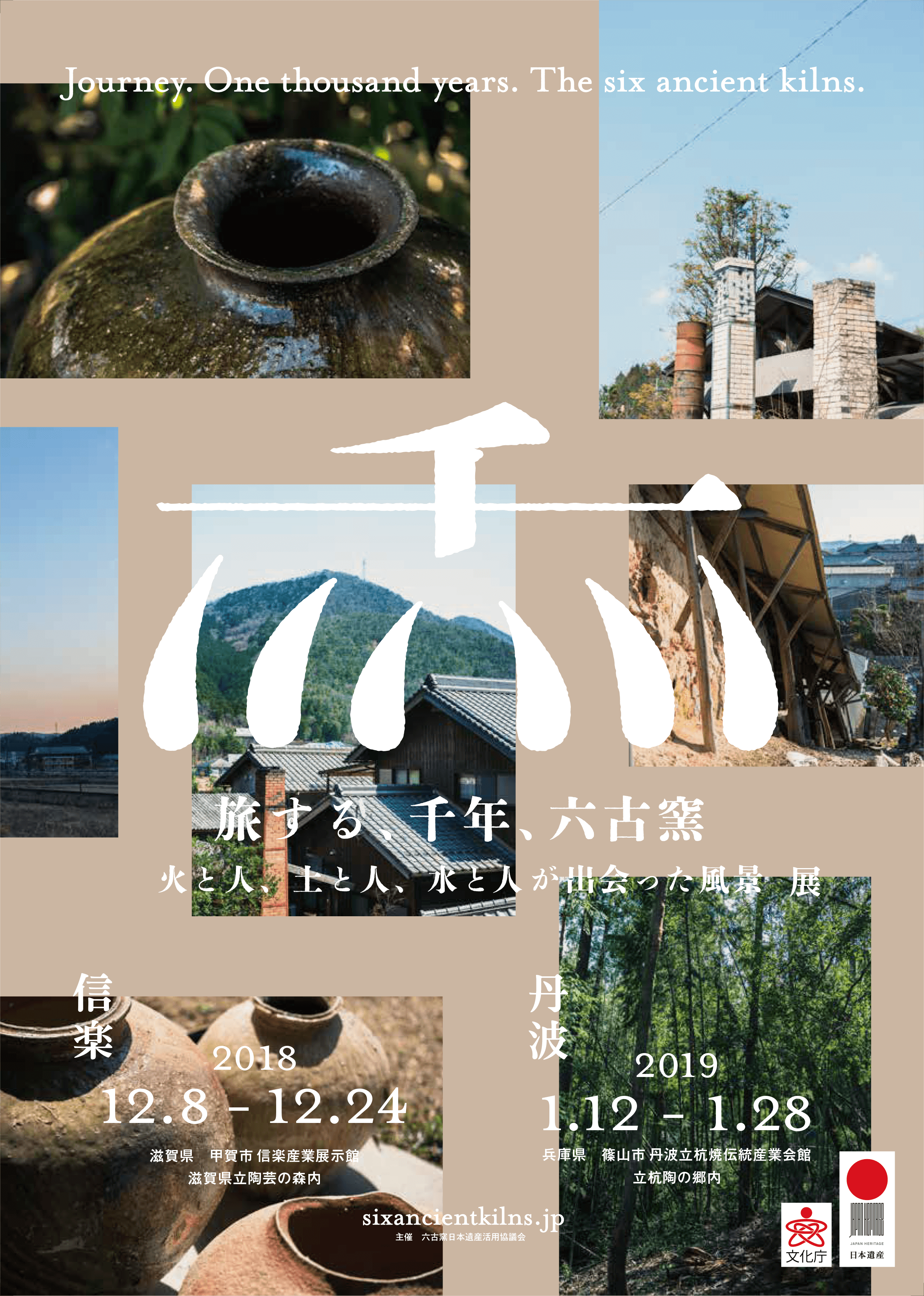
日本遺産「旅する 、千年 、六古窯」による巡回展 開催

The Six Ancient Kilns official website
The Six Ancient Kilns is a collective term that refers to Japan’s
six distinguished kilns of Echizen, Seto, Tokoname, Shigaraki, Tamba and Bizen.
These kilns have produced pottery from medieval times to the present day.
The term was coined by a historic ceramics scholar, Fujio Koyama, in 1948,
and the Six Ancient Kilns were designated as Japan Heritage sites in 2017.
Rokkoyo
2018.11.26

日本遺産「旅する 、千年 、六古窯」による巡回展 開催
Rokkoyo
2018.11.05

愛知県陶磁美術館 開館40周年記念特別企画展
Rokkoyo
2018.10.29

カナダ・モントリオールで「せとマリアージュ展」が開催されます
Echizen
2018.09.07
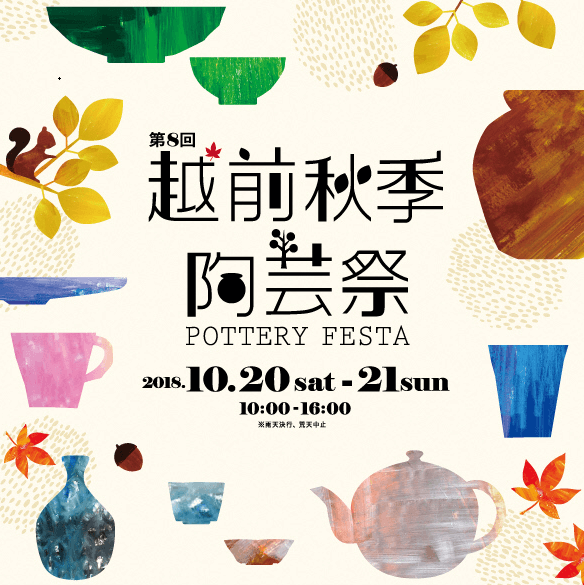
第8回越前秋季陶芸祭―POTTERY FESTA―
Tokoname
2018.12.28
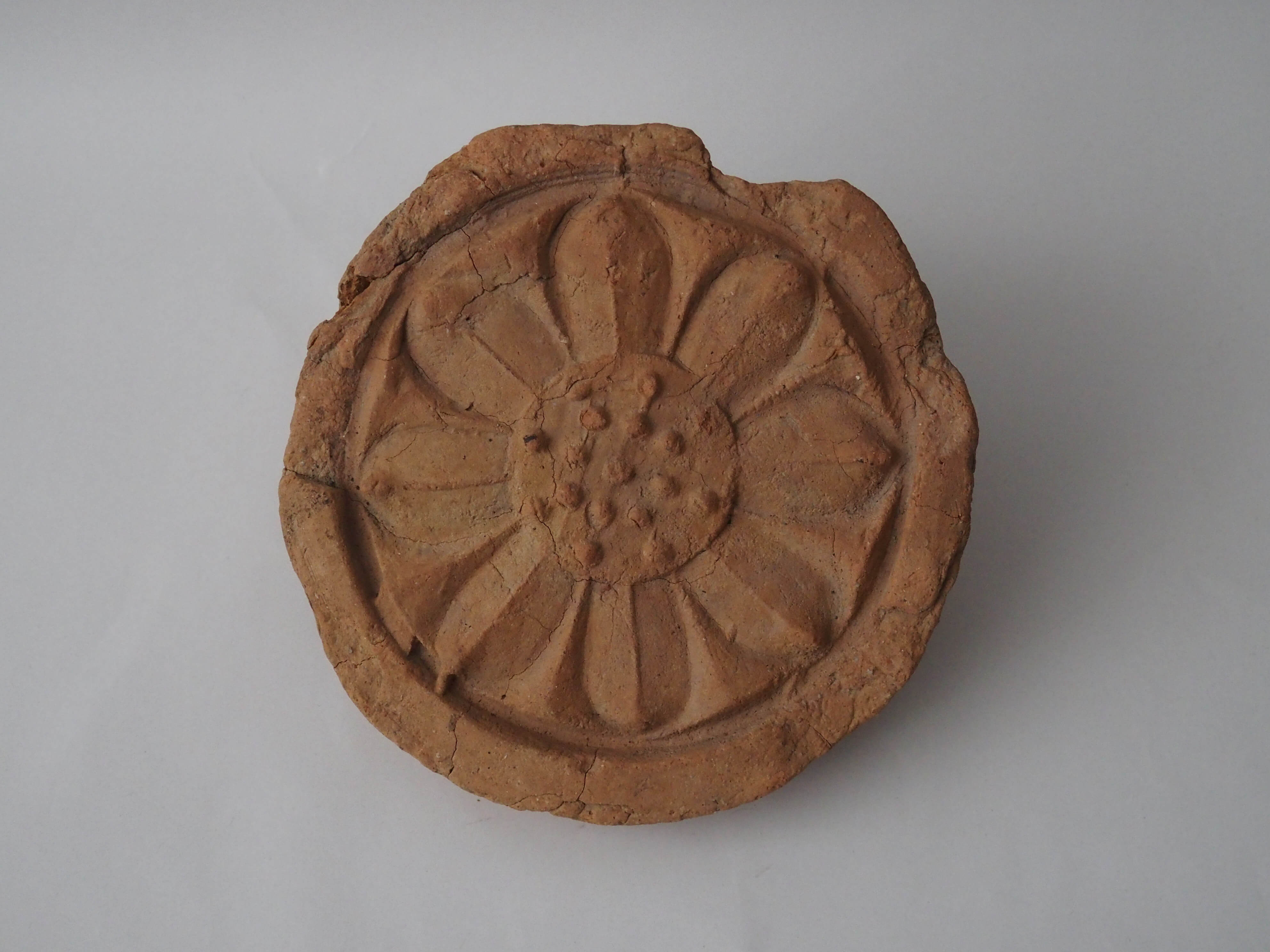
企画展「知多半島瓦歴譜」
Seto
2018.11.13

せとコラボレーションプログラム「日本遺産六古窯初級・上級講座」
Shigaraki
2018.12.04

2019秋の朝ドラ舞台が「信楽」に決定!!
Tamba
2018.11.14
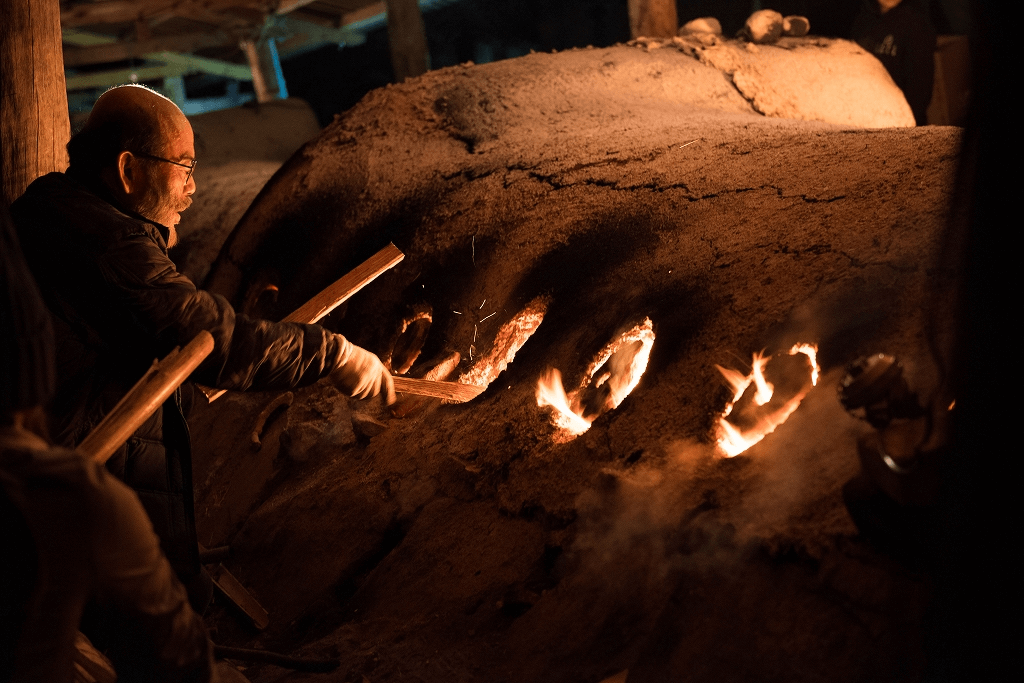
丹波焼最古の登窯 焼成参加作品募集
Bizen
2018.10.17
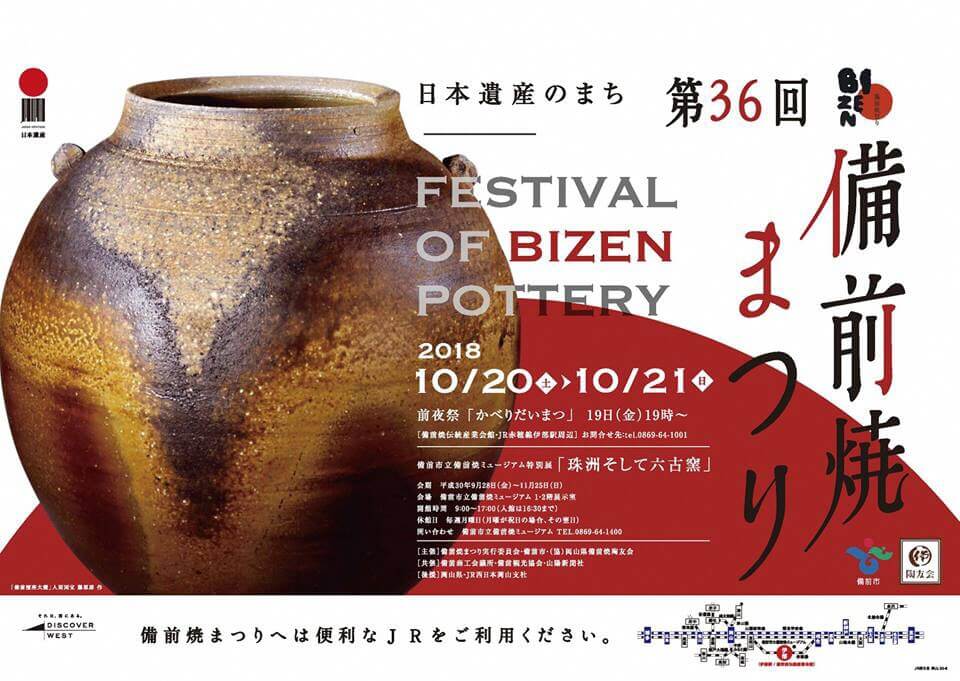
「第36回備前焼まつり」開催

Bizen City is located in the southeastern part of Okayama. It faces the Seto Inland Sea and has a moderate climate. The city is situated at the intersection of the Yoshii River (one of the three major rivers in Okayama) and the Sanyo Road from Yamaguchi to Kinai, an excellent location in terms of logistics and transportation. It is the birthplace of Bizen ware, where a large number of pottery kilns still exists today.

Tokoname City is located on the western coast of the Chita Peninsula in Aichi. The area is home to Tokoname ware, which has continuously kept up with times through its versatile production of products such as clay pipes, teapots, architectural ceramics, and sanitary ware. Making the best of its location and sea routes, Tokoname was said to be the largest production area of the Six Ancient Kilns in the middle ages.

Seto is a city located east of the Nobi Plain and Owari Hills in northern Aichi. Surrounded by mountains and forests, the Seto area has been blessed with high-quality clay and wood for fire. The city of Seto is famous for its pottery and ceramics, so much so that the generic word for ceramics in Japanese is "setomono". It has thus been considered Japan's pottery capital for a very long time.

Echizen is a town located on the west end of the Reihoku region of Fukui, bordered by the Sea of Japan. Ceramics created here were previously known as Kumaga ware and Oda ware respectively, but were renamed as "Echizen ware" in 1947 by ceramics scholar, Fujio Koyama, and continue to be referred to as Echizen ware today.

Koka City is located in the southern part of Shiga, south of Lake Biwa. Koka City has been historically known as a transportation hub. Between 4 million years ago and 400 thousand years ago Lake Biwa shifted, depositing high quality clay, the Paleo-Lake Biwa Formation, and giving birth to Shigaraki ware.

Tambasasayama is a city in the central eastern part of Hyogo near Kyoto and Osaka. Tachikui, a rural area richly endowed with nature, has utilized the slopes of its mountains to build kilns. Known as the home of Tamba ware, Tachikui still retains approximately 60 pottery studios in the district.
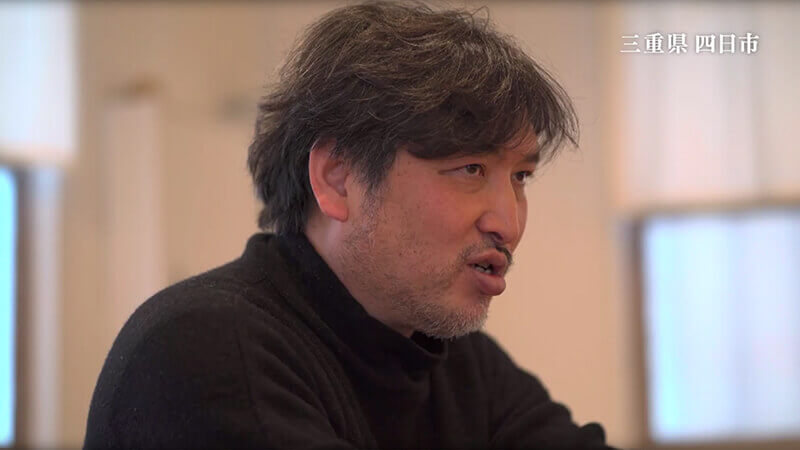
Rokkoyo
Interview with Koichi Uchida
Copyright 2018: The Six Ancient Kilns Japan Heritage Promotion Council
Details
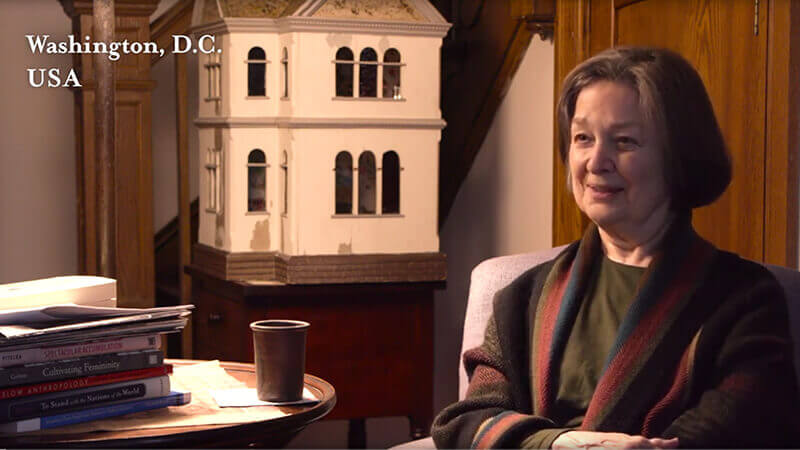
Rokkoyo
Interview with Louise Cort
Copyright 2018: The Six Ancient Kilns Japan Heritage Promotion Council
Details
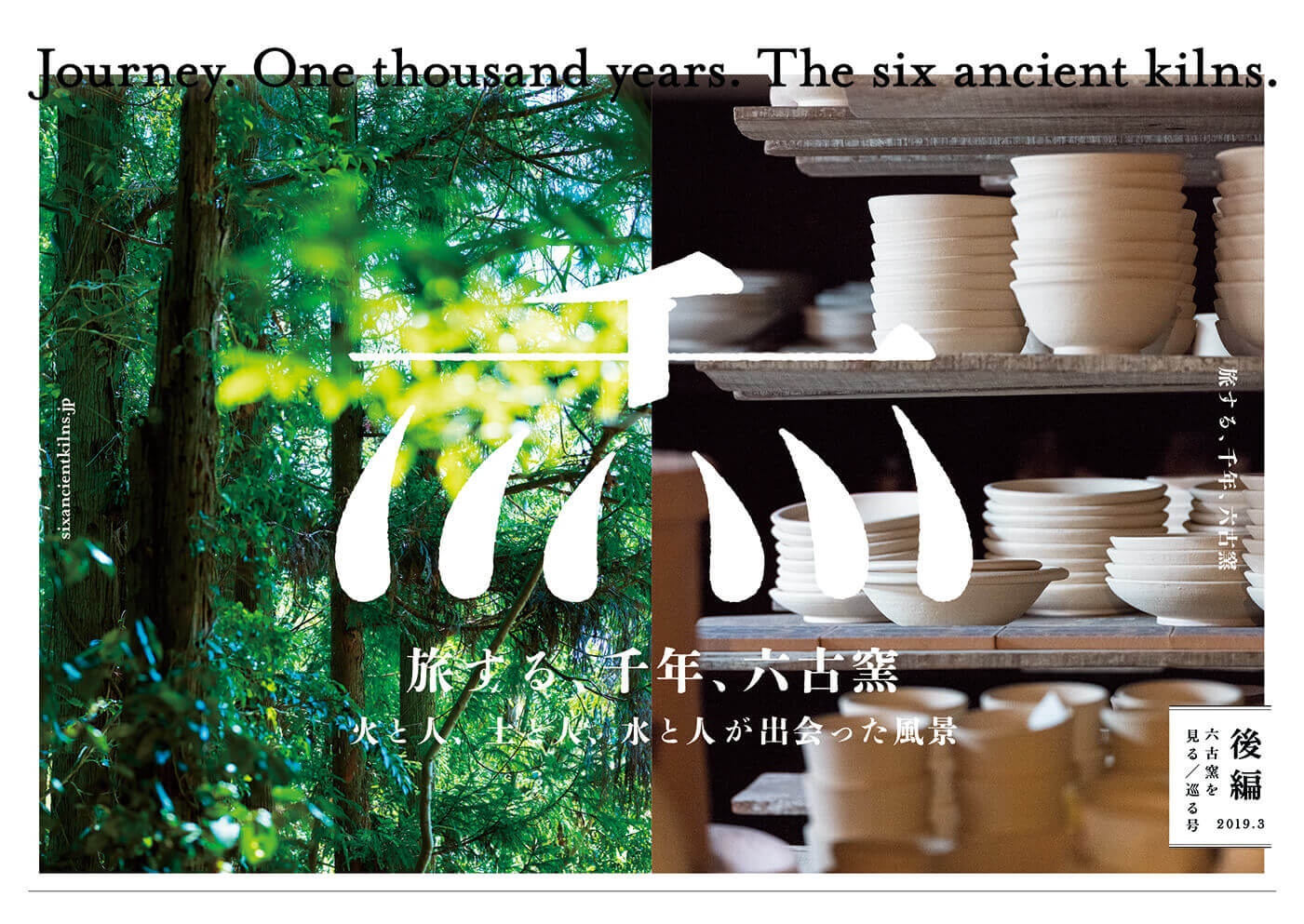
Rokkoyo
“Journey. One thousand years. The Six Ancient Kilns”(Second Issue “In and Around The Six Ancient Kilns”)
The Six Ancient Kilns - Its Time and Place / The Six Ancient Kilns Travel Note — Tracing the origins of pottery / My pottery / The possibility of pottery persisting one thousand years
Details
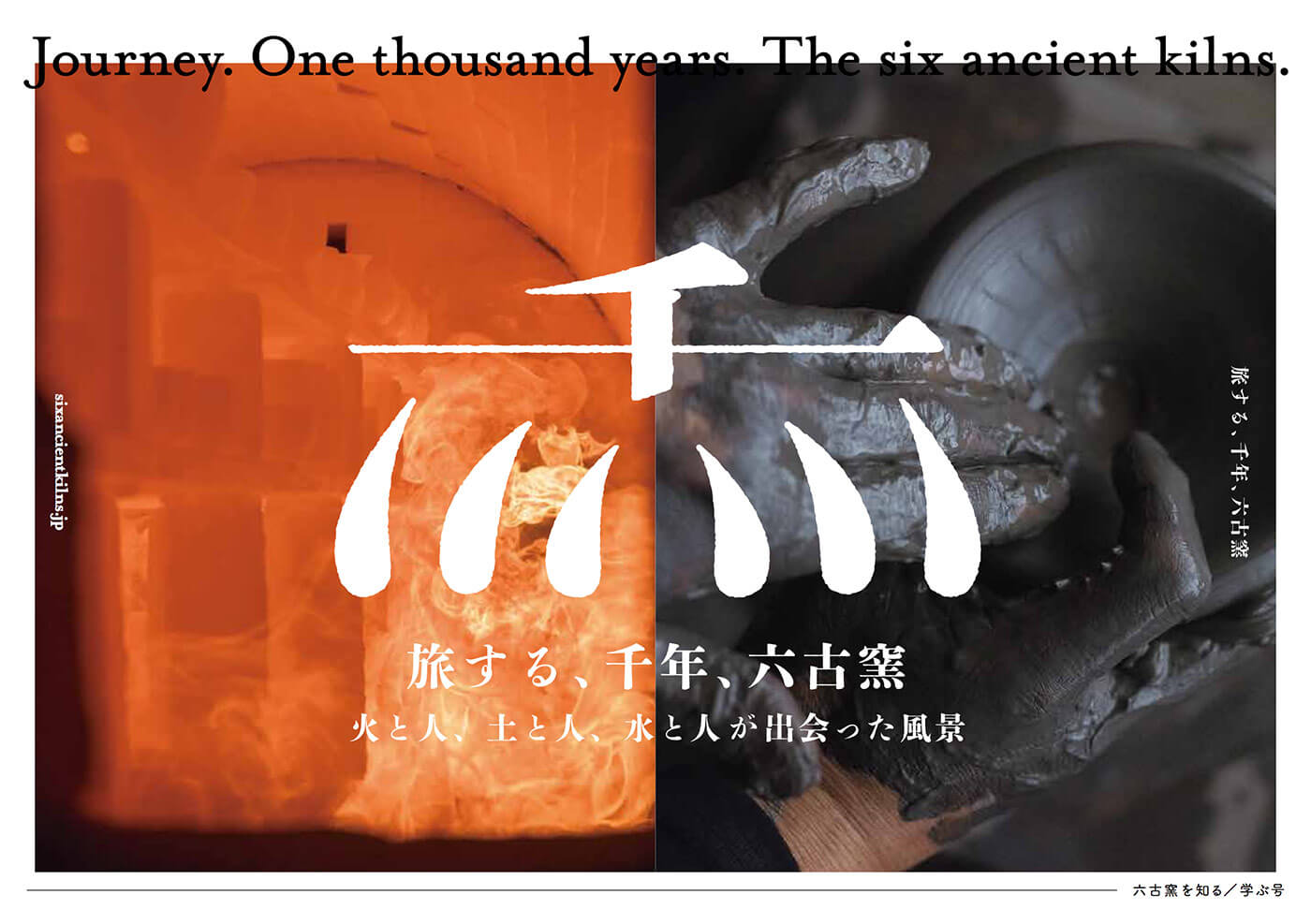
Rokkoyo
“Journey. One thousand years. The Six Ancient Kilns” (Issue “Learning about The Six Ancient Kilns”)
What are the "Six Ancient Kilns"? / Six themes that explain the Six Ancient Kilns / Journey through the Six Ancient Kilns - reports from the ancient kiln sites / Pots from the medieval age / The possiblity of ceramic traditions that last a thousand years.
Details